Decorating & Design
September 22, 2022
20 Fall Garden Tasks To Tackle Now
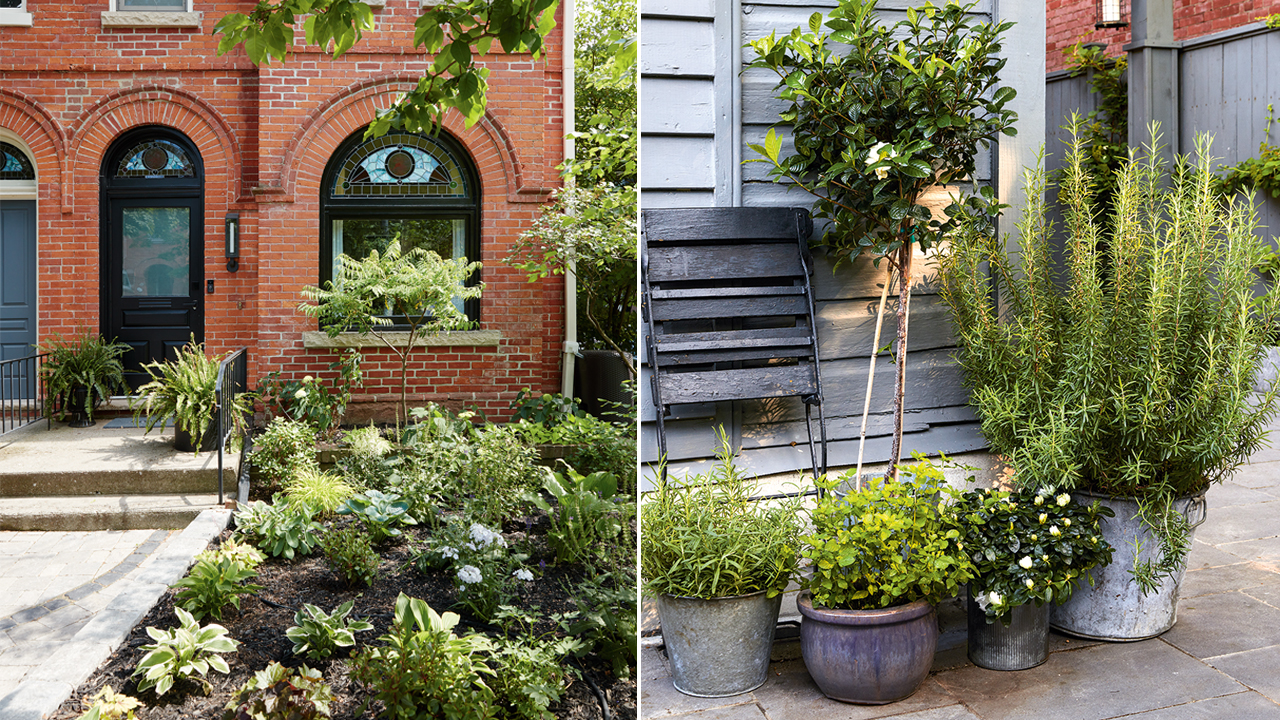
For many gardeners, fall is bittersweet. While flowers fade, some beds are bursting with a bounty of veggies. There is still plenty to do to guarantee a fabulous effect next spring, so don’t pack your wellies and garden gloves away just yet. Here are 20 fall tasks to finish before the snow flies to ensure your garden shines next spring.
Scroll down for our best fall gardening tips!
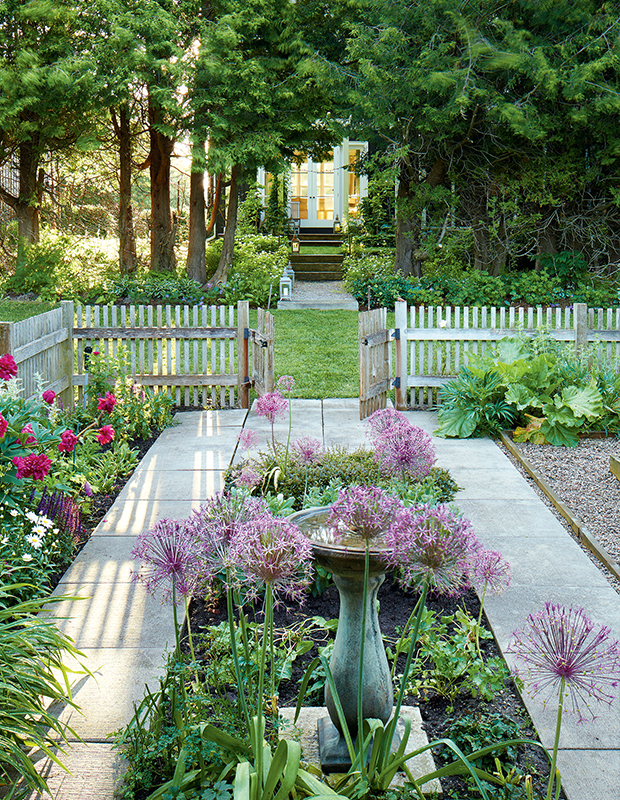
Banish Weeds
Weeds like thistle and crabgrass all develop seed heads in the late summer and fall. Weeding becomes even more important in late summer and autumn since a mature weed can produce hundreds, if not thousands, of seeds that will grow into weeds next year. If the soil is hard and dry, water a few hours before to loosen the soil and make weeding a lot easier.
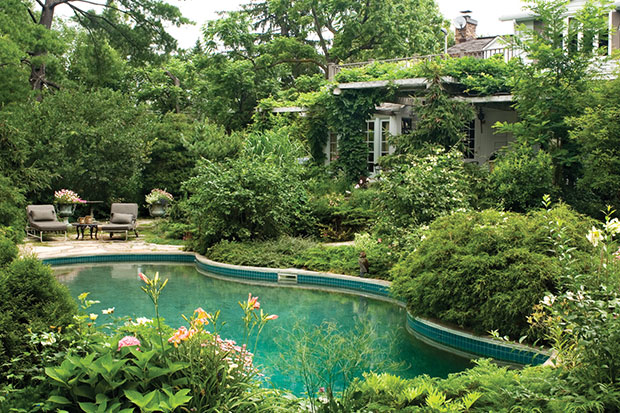
Plant
It may come as a surprise, but fall is a great time to plant and it coincides with sales at garden centers selling off the last of their plants stock before winter. Look for deals on spring-blooming bulbs, perennials, trees, and shrubs and dig away since the soil is warm enough to allow roots to grow until a hard frost. Fall showers are generally plentiful, but deeply water plants if it doesn’t rain at least an inch per week.
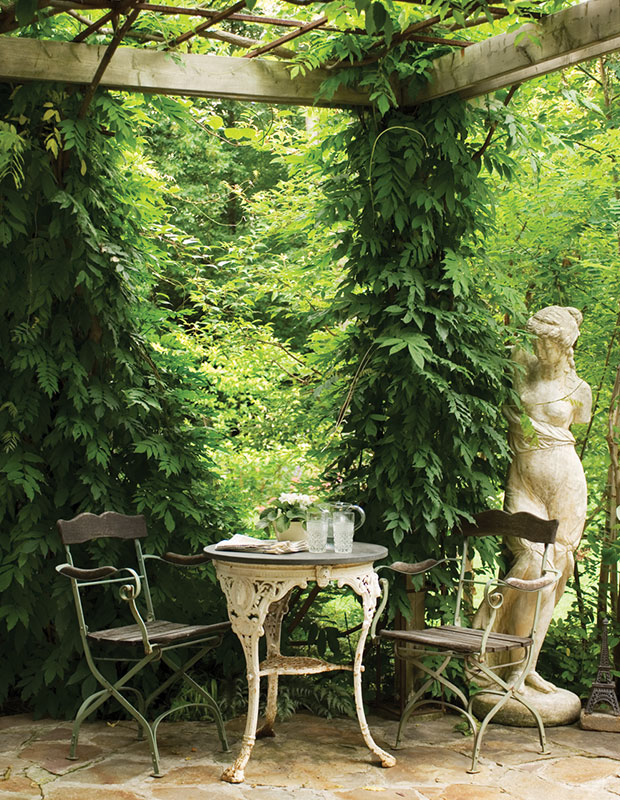
Tame Vines
Trimming back leaves on vines discourages overwintering pests. Remove stems that are dead, damaged, diseased, or are tangled and growing away from the support. Don’t be tempted to yank: instead, prune one stem section at a time until you’ve cut out everything you want to remove.
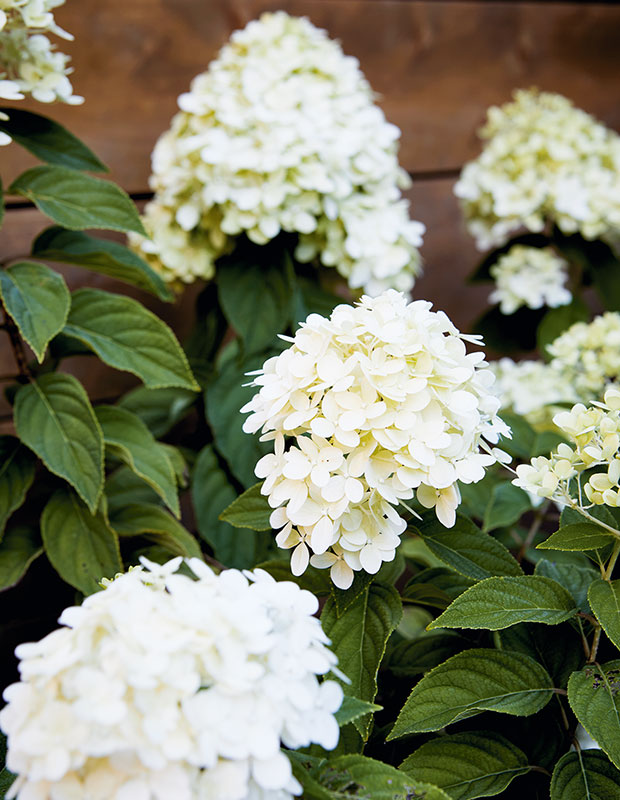
… But Use A Light Hand With Flowering Shrubs and Fruit Trees
Pruning in fall weakens flowering shrubs (like the Pee Gee Hydrangea shown) because it encourages new growth just when the plant is trying to go dormant. That new growth doesn’t have enough time to harden before the first frost and freezing temperatures hit. Instead, wait until trees and shrubs go completely dormant and prune after all the leaves have dropped, it will help these plants produce more flowers and fruit next spring.
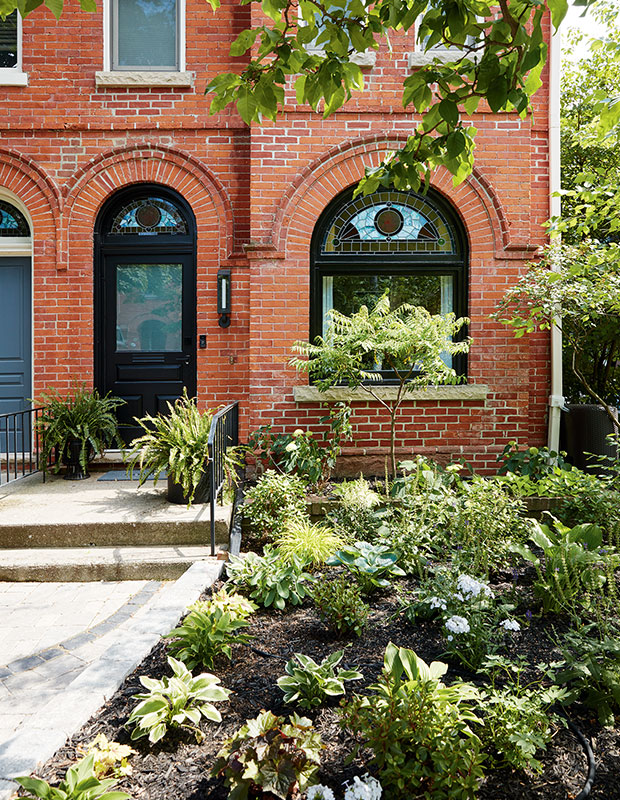
Mulch
Laying mulch (organic material commonly made of tree bark, wood chips, pine straw) in the fall is particularly important in Canada since it provides frost and winter protection for plants. It insulates the soil to help plants tough it out through low temperatures, and it buffers plant roots and bulbs from temperature swings.
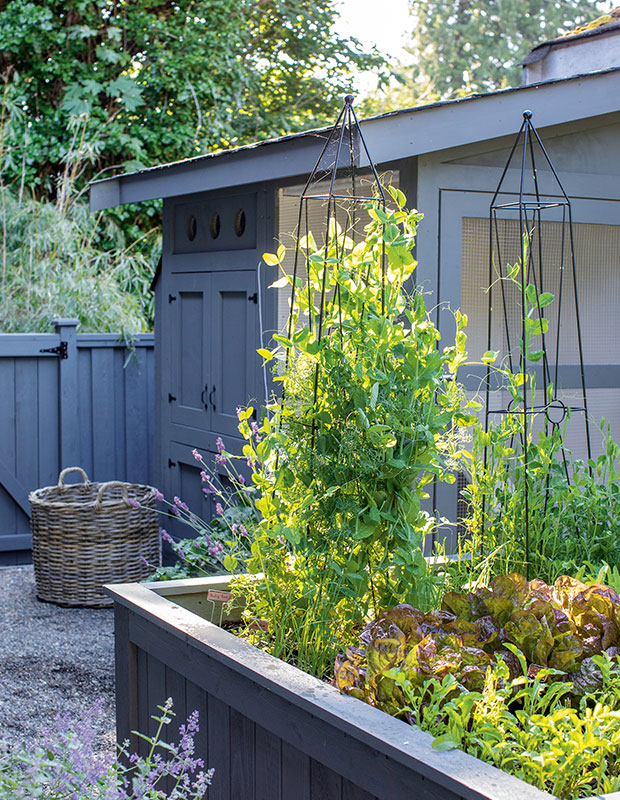
Tidy Veggie Beds
Once the frost hits, remove any spent vegetable plants because dead debris invites disease and insects. Chop beans and peas off at ground level, leaving their nitrogen-fixing roots in the soil to feed next year’s crops. And inspect the wood in raised beds for cracks or signs of rot to stay ahead of any repairs.
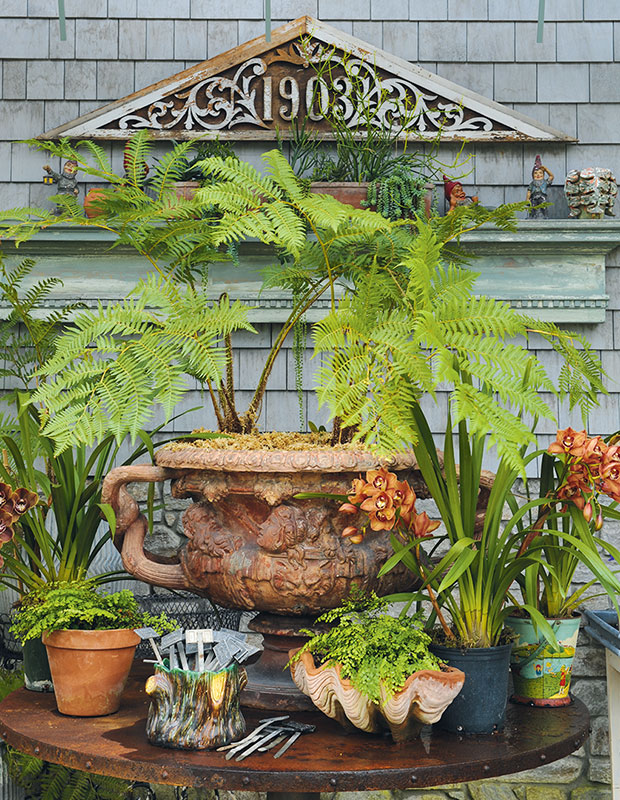
Check For Pests
Before moving your houseplants indoors, first check them carefully for pests like aphids, scale, and spider mites by turning over leaves to check the undersides and along the stems. Spray pests with insecticidal soap and if you can’t spot bugs, wash off plants with a strong spray of water from the hose. While they don’t go completely dormant, many tropical houseplants naturally slow their growth during the colder months so they don’t require as much water or fertilizer as during the warm growing season.
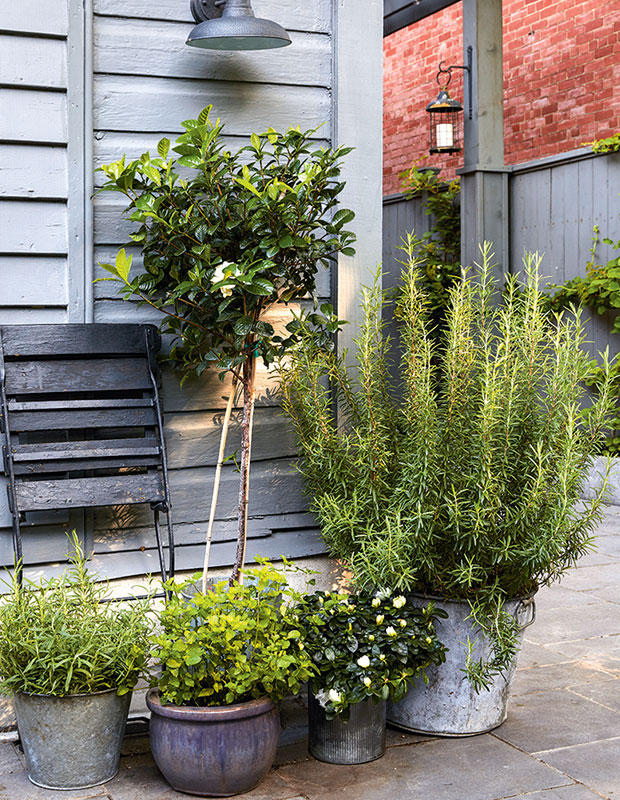
Clean Containers
Don’t leave pots full of soil outside over winter since the temperature fluctuations can cause cracking. Empty spent plants (if there are perennials in your containers, plant them into garden beds if desired). Annual plants can be put into compost bins and yard bags. Pots should be scrubbed with a water and bleach solution (nine parts water to one part bleach), before stacking and storing.
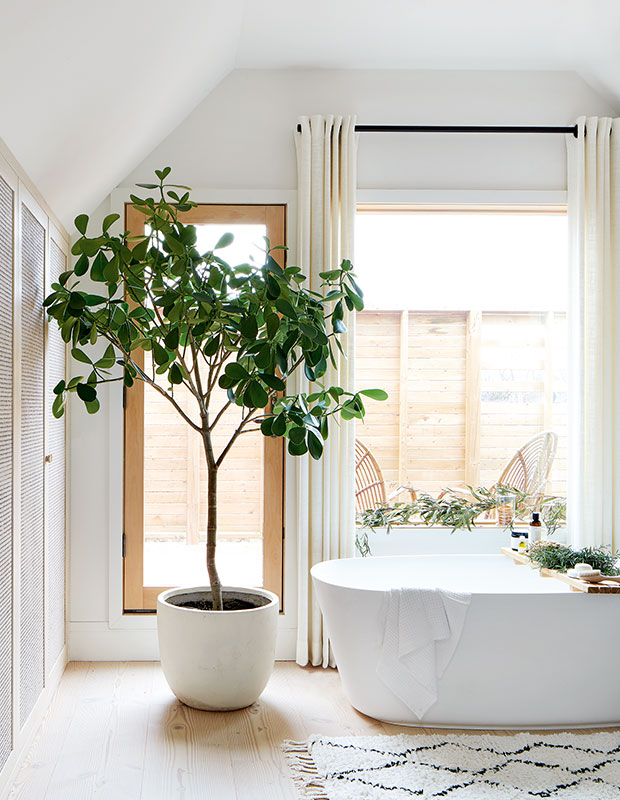
Bring Tropicals Inside
If you have some major tropical trees that have been vacationing on your patio, it’s time to bring them in once the temperatures start falling at night below 12ºC. Plants like hibiscus, palms, lemon trees, or Fiddle Leaf Fig will happily thrive in a sunny spot indoors.
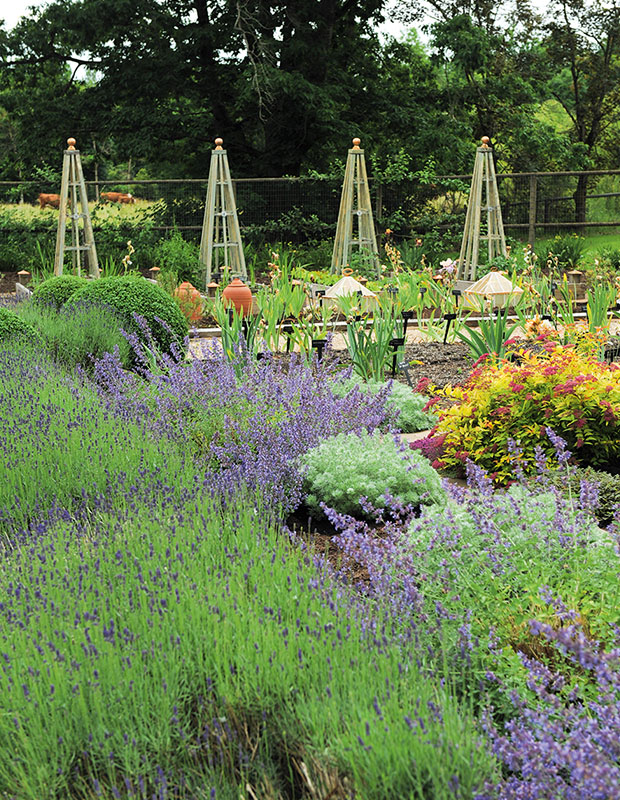
Tend Supports
Those obeslisks, tuteurs and supports that helped your veggies thrive need some TLC in fall before storing them inside. Remove all stakes and supports and wash off soil, then treat them with preservative. Keep supports for early-spring crops, like peas, close at hand so they can be easily accessed next spring.
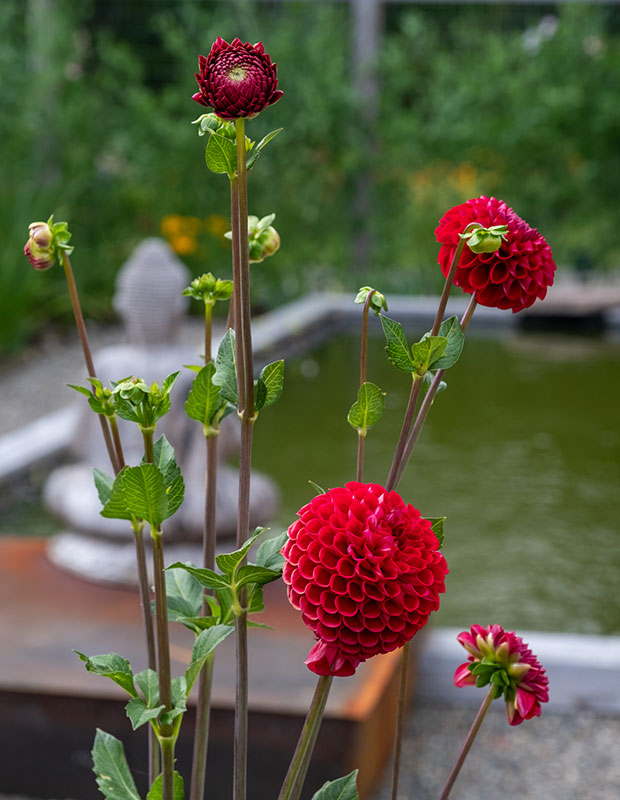
Dig Up Dahlias & Tender Tubers
If you want to give bulbs like dahlia, canna and gladiola a second life, you can save them over the winter and plant them again the following year. First cut the plant stem about six inches above the soil. Leave it in the ground for a few days (this helps it develop new eyes) and then carefully dig around the tubers to loosen the soil and pull them out of the ground. Place them on cardboard to dry and store in a plastic bag containing sawdust with poked with holes.
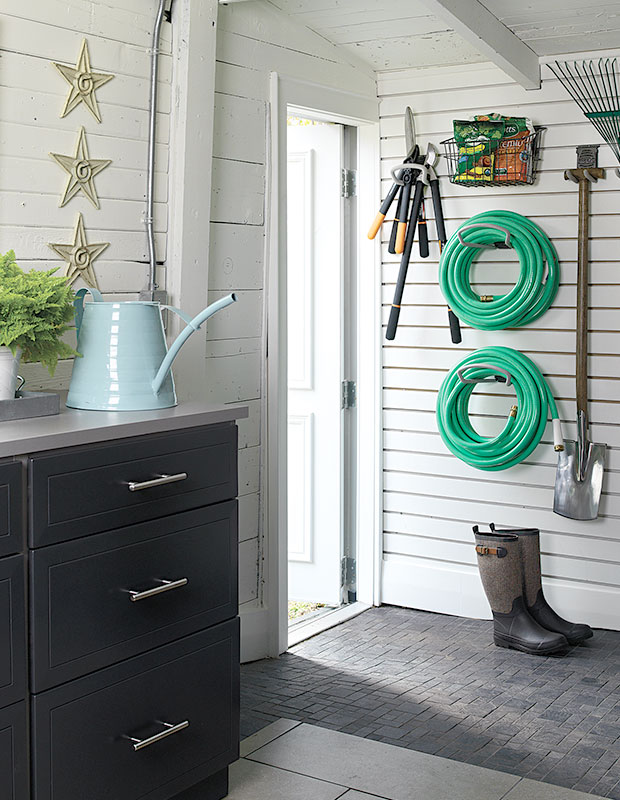
Prep Garden Tools
If you haven’t been cleaning and disinfecting pruners and shears after each use to prevent the spread of disease-causing pathogens, fall is an opportunity to wife off blades to remove soil and dried sap. Disinfect using a 9 parts water to 1 part bleach mixture, TSP or rubbing alcohol. In this garage, the pruners and loppers are kept close to the door which will make it handy to grab them to cut evergreen boughs for holiday planters and arrangements.
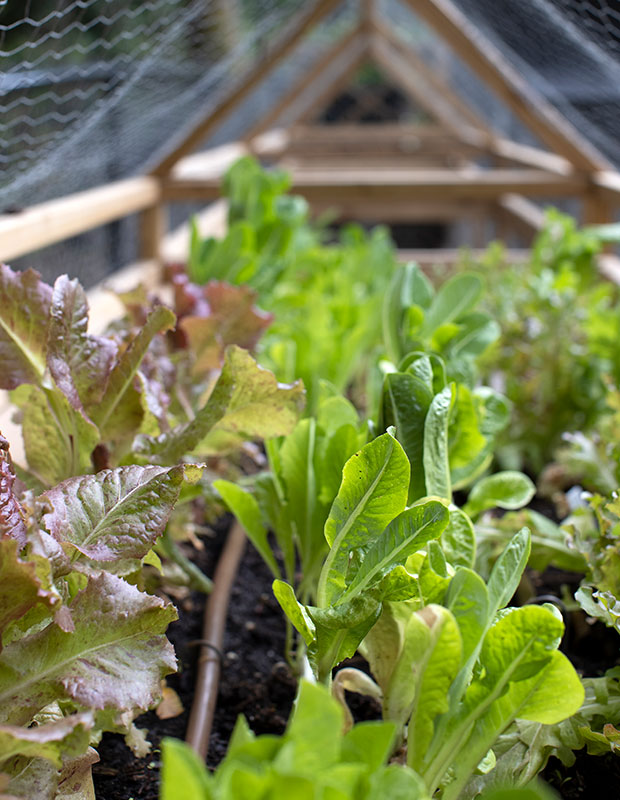
Top Dress Raised Beds
Top dressing means spreading a fresh layer of rich soil mix directly atop the ground to give plants the organic matter they need to grow best. If using manure, make sure it has thoroughly composted for at least six months since fresh compost can burn plant roots.

Prep Water Features
Put water features to bed for the the winter by removing debris and any dead plants. If aquatic plants are hardy like water lilies, lotus and water hyacinth, cut them back: foliage will die back but the roots will remain alive if they don’t freeze solid.
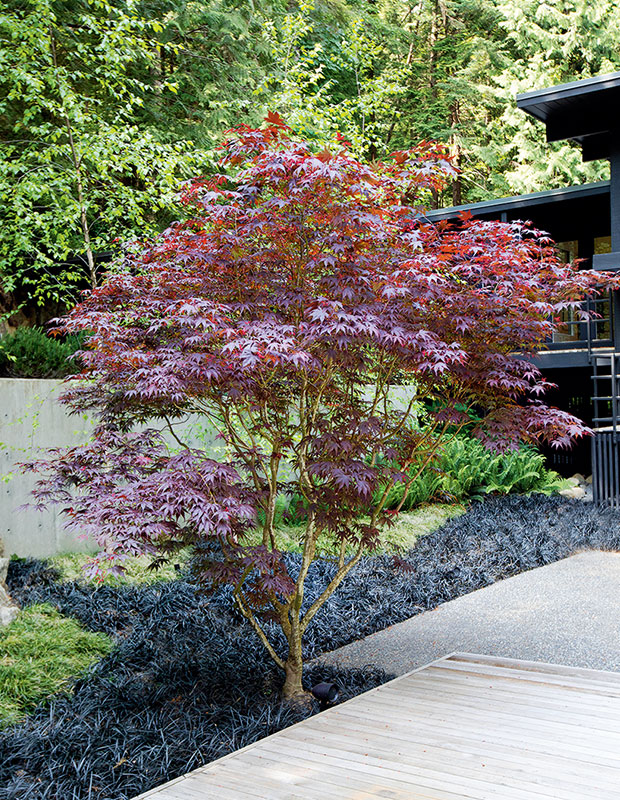
Use Those Leaves!
Leaves will help keep weeds at bay, insulate your plants over the winter months and enrich the soil as the leaves break down. The leaves of one large tree can be worth as much as $50 worth of plant food and humus that improves soil structure. Don’t use moldy piles of wet leaves though, chop them up by running a lawn mower over them a few times. Add shredded leaves to raised beds to add nutrients as mulch in late fall as the ground begins to freeze.
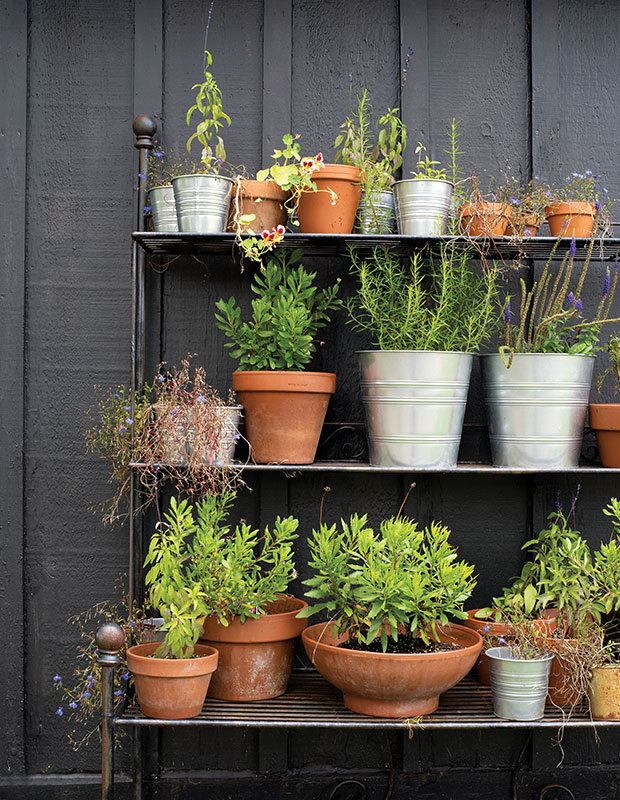
Repot Herbs
You can create an indoor herb garden in a sunny windowsill by repotting plants like rosemary, mint, oregano, sage, thyme, basil, dill and cilantro. Prepare fresh soil to give herbs the nutrients they need to thrive during a transition indoors. Cut the plants back slightly once you bring them inside; this helps control size and encourages new growth that will be better adapted to life indoors.
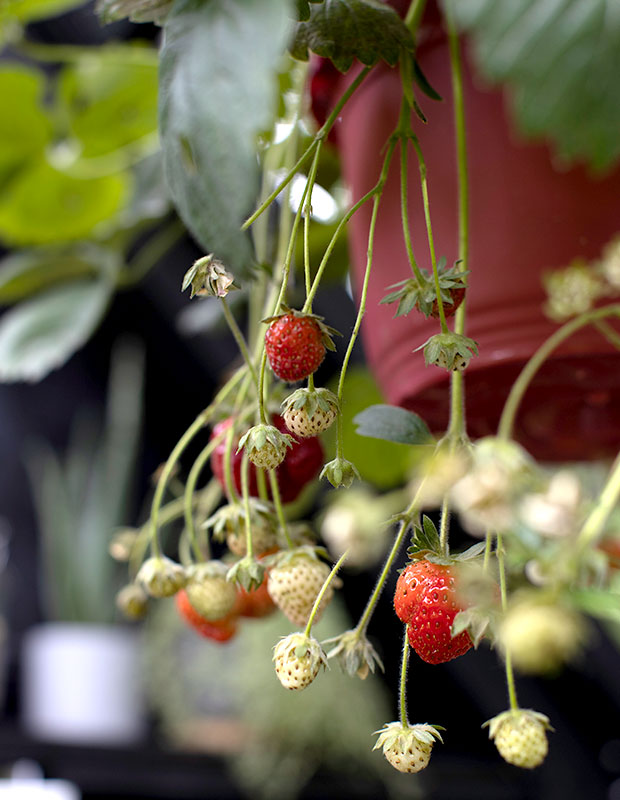
Leave Something For the Birds
Seed heads and berries help sustain birds in the winter, so don’t make too clean of a sweep. Some bird favorites include Chokeberry, crabapple, serviceberry and seed heads from coneflowers, sunflower, rudbeckia, sedum and scabiosa.
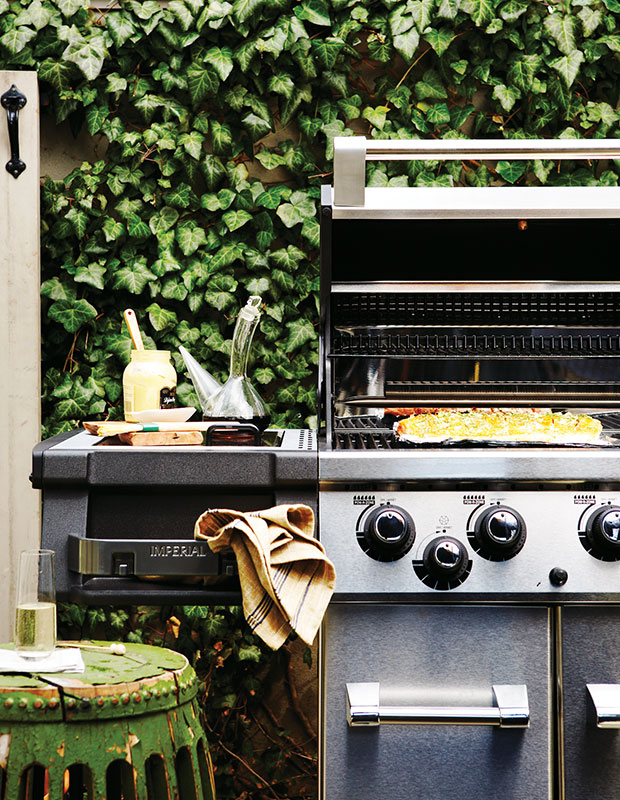
Clean The BBQ
It’s not a plant, but it’s probably a major component of your backyard. If you’re packing up the BBQ for the season, do a deep clean of the grill’s cooking grates, burners, and heat plates (if there is rust or other signs of deterioration that can’t be scrubbed away, it may be time to replace these parts). Clean the exterior of the grill and the side tables using warm soapy water or stainless steel grill cleaning solution. Check all the hoses for cracks or abrasions that can worsen in the cold weather.
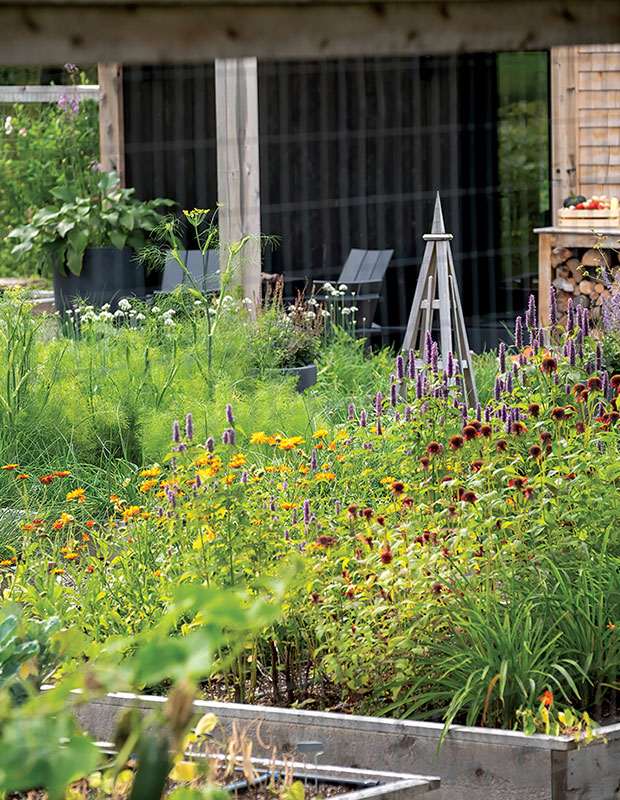
Add Compost To Raised Beds
If you’ve been adding scraps to a composter all summer long, along with yard trimmings and dry leaves, now is the time to empty compost into your garden beds. Adding finished compost to raised beds in fall will help improve the soil’s structure, balance its pH, and feed the healthy microorganisms. Top dress your beds with a thick layer and leave it: winter rains will wash nutrients down to root level, while worms will help pull down organic matter.

Clean Up Needles
Rake needles off hard surfaces like paved pathways, decks and patios close to home. If they build up in large quantities near structures, they can constitute a fire hazard. Pine and fir needles that fall on bare soil provide valuable mulch which improves the soil and helps prevent erosion.